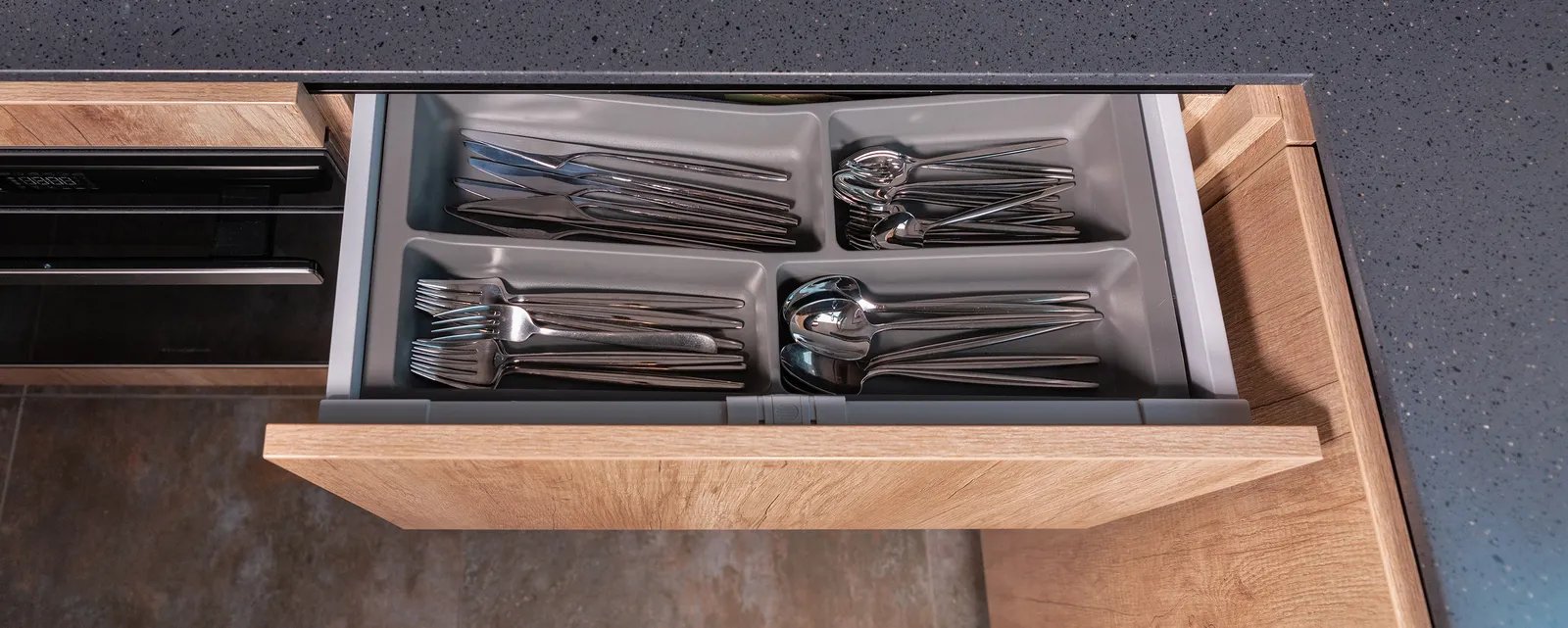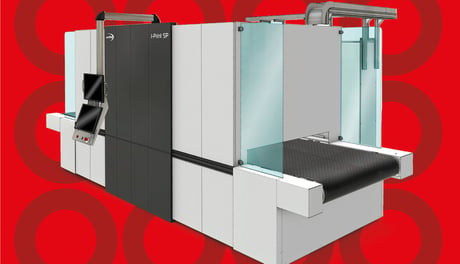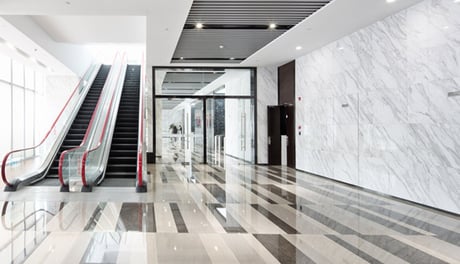
Benefits of digital printing for finishing panels and edges
But what advantages does switching from traditional techniques to digital printing actually yield when it comes to decorating and coating panels and edges? To begin with, it can be stated that, by starting with a digital image file, it’s now possible to do virtually anything. And, because patterns are developed from a single source, both surface and edge can be finished with practically unlimited flexibility.
But the benefits don’t end here. When properly implemented as part of a coating system, a digital printing solution also lets you:
- maximise product customisation
- manage extremely small production batches (<100 m2)
- deliver products quickly (a few hours or days)
- reduce inventory requirements
- minimise warehousing space
Developing a unified procedure from a single digital image
Digital printing allows you to obtain a perfect match between the surface of the panel and the edge, even when the process has several stages and even when it’s managed by two different companies. This is because it’s possible to process a single digital image, which will then be used for both the edge and the surface tasks; where possible, these tasks can also adopt the same inks to maximise uniformity of both surface and edge decoration.
Moreover, these options make it easier to overcome the problem of metamerism (the phenomenon by which different light sources modify, to a greater or lesser extent, the perceived colour of the decorations).
More flexibility means more creativity
Industrial digital printing also ensures outstanding flexibility: integrating it into a finishing line as a complementary technology helps the plant respond to customer requests for small batches with personalised, high-quality decoration.
All said and done, the only limits are those posed by creativity: after sanding and applying the primer, a digital printer can be used to decorate the flat surface with any pattern desired. And after applying a transparent base coat you can, when necessary, create a matt, gloss or, again with a digital printer, textured finish with a ‘haptic’ relief effect (this is discussed in greater detail in the White Paper on Industrial Digital Printing.
Shorter lead times and no minimum quantities
In the edge decoration and coating field, industrial digital printing offers a response to the need to progress from the creative idea to its practical realization in the shortest time possible. It also allows companies to process orders even for just a single panel decoration reel without having to invest in materials (engraved rollers, decorative paper, dedicated inks etc.) as would be the case with traditional techniques.
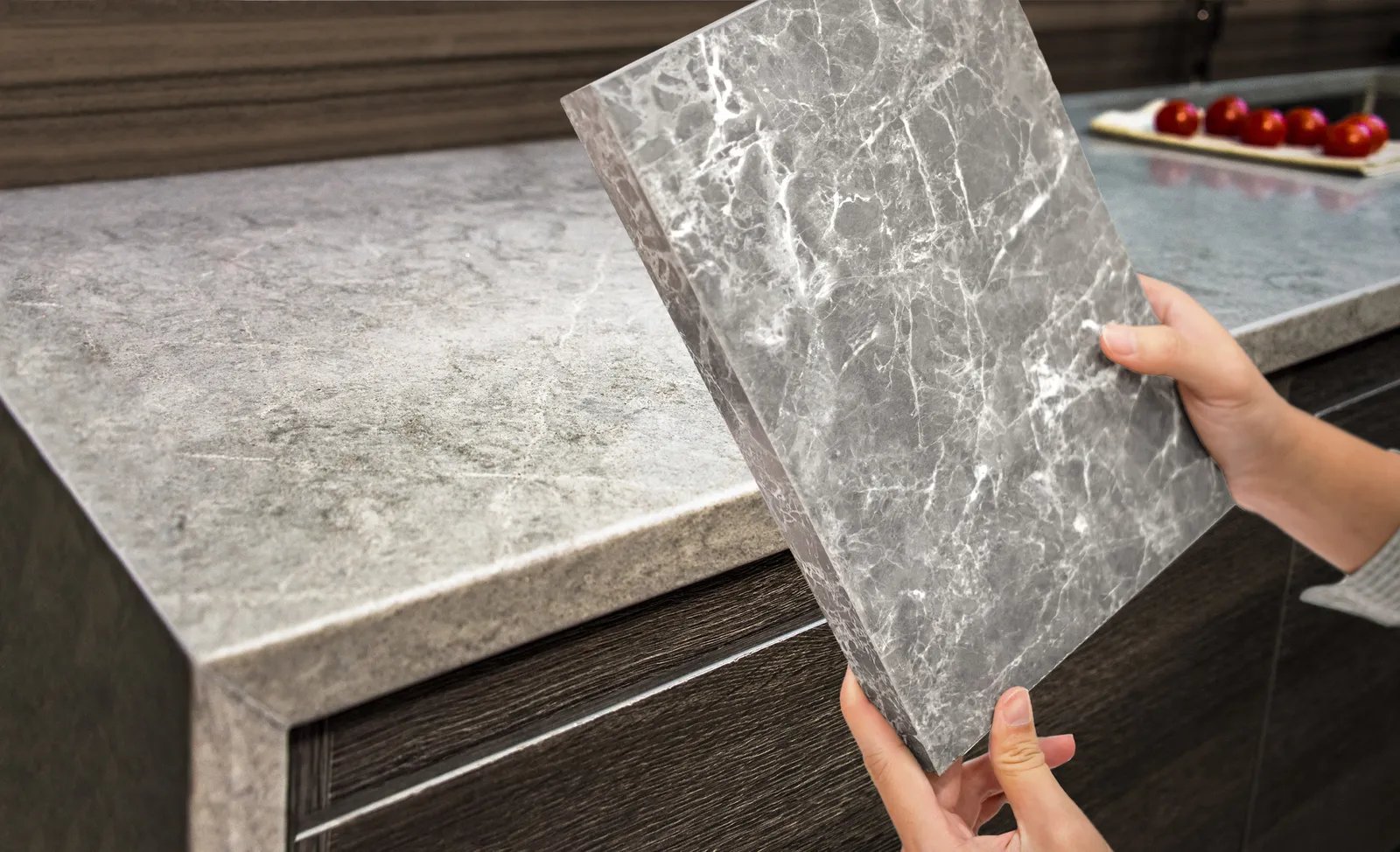
Comparison between digital printing and traditional decoration and coating techniques
At this point it should be clear why digital printing solutions are - and will increasingly be - valuable allies for manufacturers who have set themselves the dual goal of improving panel decoration/coating processes and expanding the range of products in their catalogue, with increasingly sophisticated customisation options.
Adopting digital printing ensures precision control of colour and details, making it a must-have on projects that require complex patterns and intricate graphics. Furthermore, digital printing lets you maintain the same degree of artistic freedom and creativity as manual decoration techniques while significantly increasing the attainable level of detail, ensuring more precise, homogeneous, consistent finishes on all types of surface.
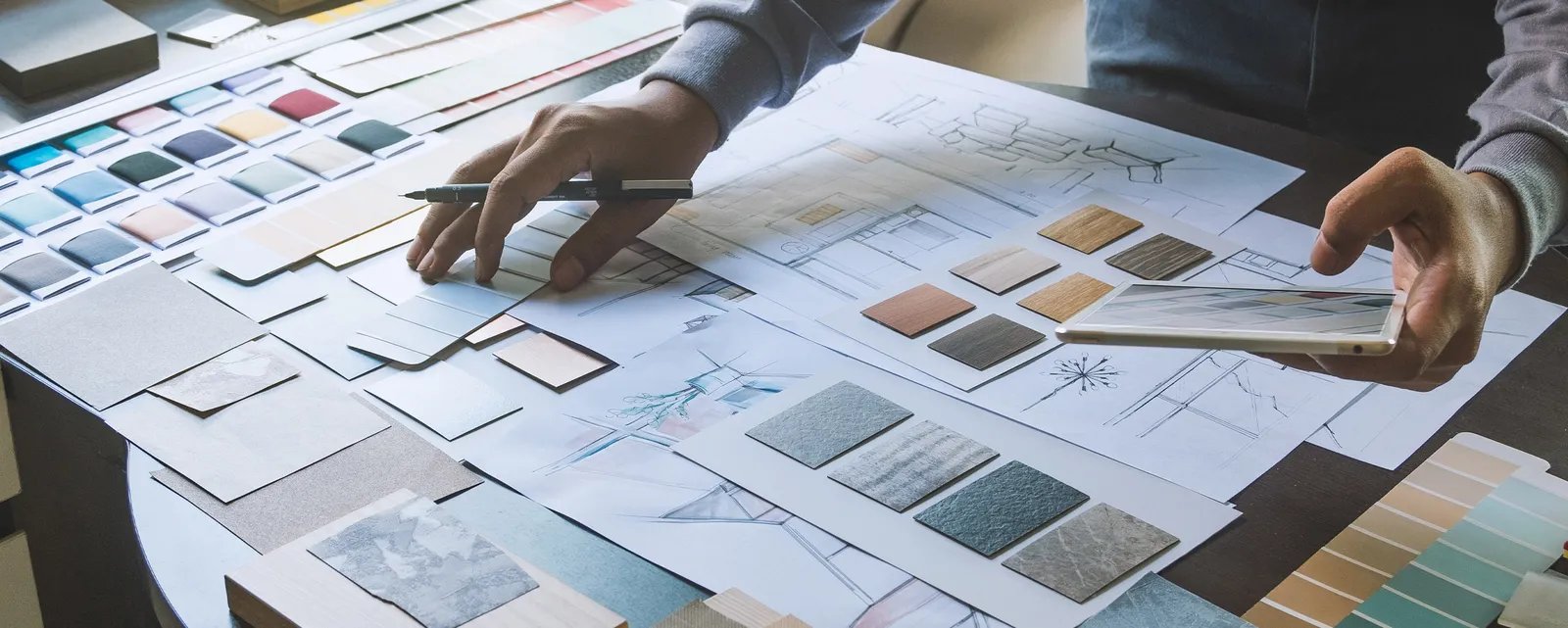
Another fundamental difference compared to traditional techniques concerns the time, the stock of papers needed to offer a variety of products and the labour costs of perfecting each process. For orders that involve customisation work on small batches, decorating and coating edges and surfaces using traditional methods can require considerable resources, above all in relation to the quantity of finished products leaving the factory. With digital printing, however, manufacturers can optimise the required time, cost and workers’ tasks thanks to the total control provided by user-friendly dashboards. Furthermore, being able to the reduce paper stocks significantly lowers both the cost of purchasing any minimum batches and the need for space inside company facilities.
Last but not least, digital printing tends to be more environment-friendly than traditional edge/panel decorating and coating techniques: latest-generation solutions use fewer resources and minimise waste, making them a decidedly more sustainable option for companies looking to reduce their carbon footprint.
LOOKING FOR THE IDEAL COATING LINE SOLUTION?
